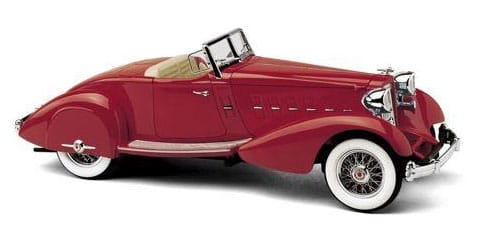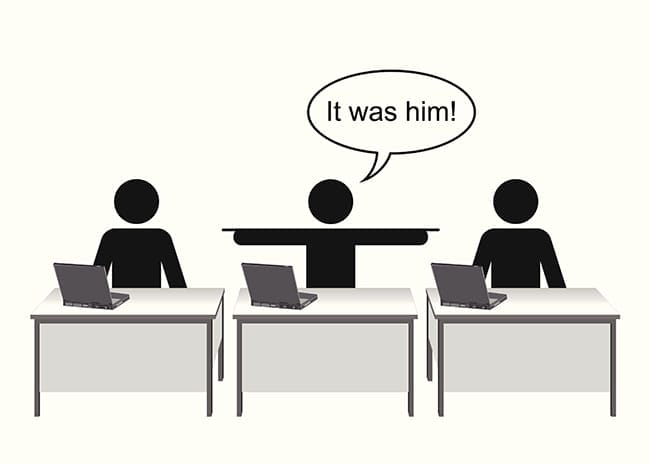What happens when you run a business that has made a commitment to its customers, but then you cannot keep that commitment?
In my first management position after earning my MBA at Wharton, I came to work at The Danbury Mint, a developer of fine collectibles, and discovered my boss had left the company suddenly. His group had placed a test ad in Smithsonian magazine for a 1934 Packard Speedster model car. Beating all expectations, 5,000 people ordered the car.
The problem was that the supplier he hired couldn’t make the car to our standards. We were advertising precision die-cast models, and they were making cheap toys. I inherited responsibility for the business.
Die-cast metal is not like digital. It takes many months to make new tooling, then to produce the models. But before taking any action at all, I had to fly to Asia, visit a factory for my first time (and then again and again), meet with Chinese manufacturing managers for the first time and formulate a plan that involved increasing our product development costs by a factor of five.
Next, I had to find suppliers actually capable of meeting the exacting standards we had advertised.
So I started writing letters to my customers, roughly at the rate of one per month. First, I explained that this was going to take much longer than we expected. In subsequent letters, I shared many of the details involved in making an accurate model of a classic car, from finding a pristine copy of the real car, to crafting a prototype and so on.
I found two entrepreneurs in Hong Kong and gave them enough purchase orders that they were able to start a company able to make the high-end models we needed. I found a company in Korea that made both expensive cigarette lighters—which have exacting tolerances—and model cars; they also agreed to become a supplier.

The 1934 Packard Speedster model car. Photo credit: The Danbury Mint.
All along the way, I wrote to our customers. We didn’t hire a copywriter. I was the one going to the Midwest to scout out surviving classic cars, getting on planes to Asia to supervise our new suppliers and rejecting the first subpar models. My notes might have been a bit rough around the edges, but they were authentic: The original Packard model was a mess; the tooling was of no value whatsoever, and we had to start over. This was a year into the process, and it was an exceedingly difficult decision to make. Meanwhile, I had commissioned another model, the 1935 Duesenberg SSJ.
Holding my breath, I wrote to our 5,000 Packard customers and asked if they would like to receive the Duesenberg model first, a very different car and one which we had never before mentioned. In response, 90 percent said yes, and they also agreed to accept the Packard when it was ready.
In my three years running the model car line, we generated $20 million in orders, versus the roughly $50,000 in sales my predecessor had brought in.
Here’s why we eventually succeeded:
Involve your customers:
In those early months, we were amateurs with a dream. We made a lot of mistakes, but when we did, we admitted it. Customers got to share the ride with us, through all the ups and downs of launching an artistic business.
Offer frequent updates:
My guess is that our very first customers received 15 to 20 “delay notices” from me, each one in letter form. Yes, some customers were frustrated by the delays, but very few complained about the stream of letters. On the contrary, most appreciated them, to a much greater extent than I would have imagined.
Give customers choices:
We made it easy for customers to cancel their original order; few did. We let them get another model first, or wait for the original. We even let them reserve the entire model car series before they received their first model. The end result was an extraordinarily loyal group of customers.
Some will say times have changed and no customer would wait this long today, even for a new product they really wanted. For those folks, I have one word: Kickstarter.

























